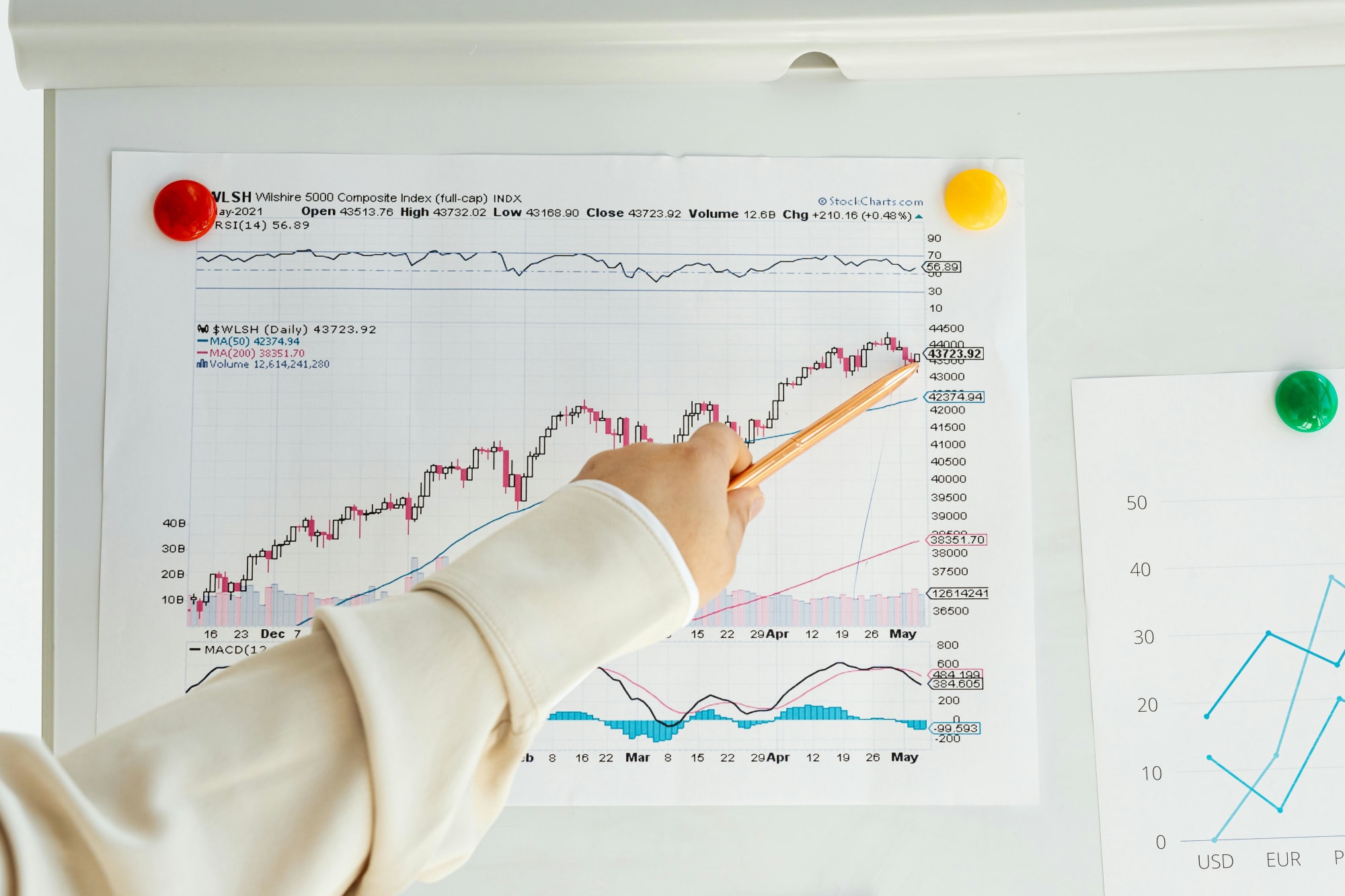Invest
Are emerging markets worth investing in?
One of the world’s largest investment banks has warned that emerging market economies have the most to lose in the COVID-19 pandemic.
Are emerging markets worth investing in?
One of the world’s largest investment banks has warned that emerging market economies have the most to lose in the COVID-19 pandemic.

While emerging market (EM) public debt is lower than that of developed markets (DM), it’s still higher than it was during the Asian financial crisis and has risen faster than in developed markets.
“Looking across public debt stocks and the gap between growth and real rates, we find that public debt in Brazil, South Africa, Mexico and Colombia are most at risk of being undermined by the current growth/rates configuration,” UBS said in a note.
“This configuration, while at a healthier position today, could also lead to fiscal risks rising notably in China, India and Malaysia. By contrast, Russia and Chile appear to have more room for manoeuvre.”
Cases of coronavirus have been also increasing more rapidly in emerging markets outside of North Asia.

“Less robust healthcare infrastructure, high shares of informal employment, and weak starting points for debt sustainability in several EMs imply that the economic fallout may be deeper and longer lasting than in DM,” UBS said
Investors have also already removed around $83 billion from emerging markets since the outbreak of the virus in one of the largest capital outflows ever recorded.
“Advanced economies are generally in a better position to respond to the crisis, but many emerging markets and low-income countries face significant challenges,” said IMF managing director Kristalina Georgieva.
“They are badly affected by outward capital flows, and domestic activity will be severely impacted as countries respond to the epidemic.”
However, Finisterre Capital CIO Damien Buchet still believes there are opportunities despite the health crisis, which is unfortunately hitting emerging markets harder than the developed world.
“I would still feel more comfortable owning a selective portfolio of emerging market assets compared to a portfolio of US or euro high-yield assets,” Mr Buchet said.
Despite this, the fund manager highlighted the risks associated with buying in the current condition.
“So far, fundamentally speaking, the prime focus of emerging markets has been on the consequences of the oil price war and its impact on oil exporters. Several countries are now also under significant pressure from COVID-19 and some will need to restructure their debt because of the external shock.”
“By and large, from looking back at 2008, we expect defaults in this period, and they cluster around specific macro sovereign stress stories. However, with a diversified EM portfolio, you aren’t likely to get systemic default risk as many countries are handling the situation very differently,” Mr Buchet concluded.
About the author

About the author


Economy
Navigating the inflation maze: How CFOs can outsmart economic hurdles in Australia
Fresh inflation data have cooled expectations of near-term rate cuts in Australia, intensifying pressure on margins, capital allocation and demand. Rather than wait for monetary relief that may not ...Read more

Economy
Inflation concerns rise as Australia's CPI climbs to 3.8% in October
Australia's latest Consumer Price Index (CPI) figures have sent ripples through the economy, with headline inflation accelerating to 3.8% year-on-year in October, up from 3.6% in September. The data, ...Read more

Economy
October CPI results pose challenges for RBA’s monetary policy stance
In a surprising turn of events, the October Consumer Price Index (CPI) data has raised eyebrows among economists and market strategists, revealing stronger-than-expected inflationary pressures in ...Read more

Economy
Global deal activity declines by 6% amid economic uncertainty, reports GlobalData
In a year characterised by economic turbulence and evolving market conditions, global deal activity has witnessed a notable downturn during the first ten months of 2025. According to GlobalData, a ...Read more

Economy
Australia’s softening labour market puts another RBA cut in play — here’s what business should do now
A four-year high in unemployment has revived expectations the Reserve Bank could deliver another rate cut as soon as November. With quarterly GDP growth running at 0.6 per cent and annual growth at ...Read more

Economy
Rising CPI reinforces RBA’s stance as rate cut expectations remain: State Street
State Street Global Advisors says the Reserve Bank of Australia (RBA) is likely to hold its current policy outlook following the release of September quarter inflation data, which showed an unexpected ...Read more

Economy
NSW SES boosts tsunami preparedness ahead of World Tsunami Awareness Day
As World Tsunami Awareness Day approaches on 5 November, the New South Wales State Emergency Service (NSW SES) is ramping up efforts to enhance tsunami preparedness along the east coastRead more

Economy
Lifesaving Regional Response Strengthened with New NSW SES Vehicles
In a significant boost to regional emergency services, the NSW State Emergency Service (SES) has unveiled 11 new Community First Response (CFR) vehicles, designed to enhance the speed and safety of ...Read more

Economy
Navigating the inflation maze: How CFOs can outsmart economic hurdles in Australia
Fresh inflation data have cooled expectations of near-term rate cuts in Australia, intensifying pressure on margins, capital allocation and demand. Rather than wait for monetary relief that may not ...Read more

Economy
Inflation concerns rise as Australia's CPI climbs to 3.8% in October
Australia's latest Consumer Price Index (CPI) figures have sent ripples through the economy, with headline inflation accelerating to 3.8% year-on-year in October, up from 3.6% in September. The data, ...Read more

Economy
October CPI results pose challenges for RBA’s monetary policy stance
In a surprising turn of events, the October Consumer Price Index (CPI) data has raised eyebrows among economists and market strategists, revealing stronger-than-expected inflationary pressures in ...Read more

Economy
Global deal activity declines by 6% amid economic uncertainty, reports GlobalData
In a year characterised by economic turbulence and evolving market conditions, global deal activity has witnessed a notable downturn during the first ten months of 2025. According to GlobalData, a ...Read more

Economy
Australia’s softening labour market puts another RBA cut in play — here’s what business should do now
A four-year high in unemployment has revived expectations the Reserve Bank could deliver another rate cut as soon as November. With quarterly GDP growth running at 0.6 per cent and annual growth at ...Read more

Economy
Rising CPI reinforces RBA’s stance as rate cut expectations remain: State Street
State Street Global Advisors says the Reserve Bank of Australia (RBA) is likely to hold its current policy outlook following the release of September quarter inflation data, which showed an unexpected ...Read more

Economy
NSW SES boosts tsunami preparedness ahead of World Tsunami Awareness Day
As World Tsunami Awareness Day approaches on 5 November, the New South Wales State Emergency Service (NSW SES) is ramping up efforts to enhance tsunami preparedness along the east coastRead more

Economy
Lifesaving Regional Response Strengthened with New NSW SES Vehicles
In a significant boost to regional emergency services, the NSW State Emergency Service (SES) has unveiled 11 new Community First Response (CFR) vehicles, designed to enhance the speed and safety of ...Read more








